In the vast animal kingdom, life expectancy varies greatly among species. While some animals live only a few years, others can thrive for decades, or even centuries. In this article, we will explore which animal has the longest life expectancy, highlighting various species that boast impressive lifespans and discussing the factors that contribute to their longevity.
The Greenland shark (Somniosus microcephalus) is known to be the longest-lived vertebrate, with estimates suggesting that some individuals can live for over 400 years. Research using radiocarbon dating of eye lenses has indicated that these sharks can reach ages that surpass any other known fish.
Greenland sharks inhabit the cold waters of the North Atlantic and Arctic Oceans, often dwelling at depths of over 1,200 meters (4,000 feet). Their slow growth rate, coupled with the frigid temperatures of their environment, contributes significantly to their extraordinary longevity.
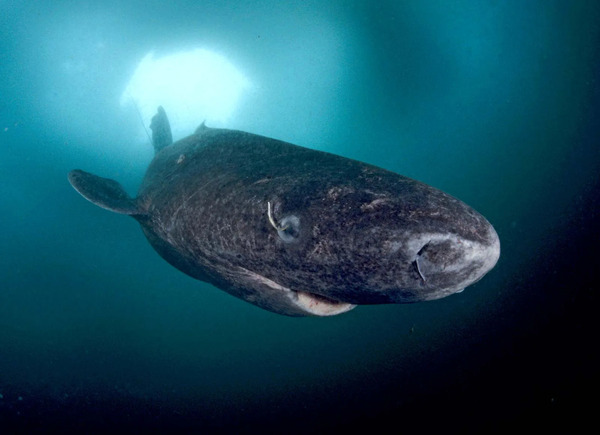
The bowhead whale (Balaena mysticetus) is another remarkable long-lived species, with individuals living for more than 200 years. Some studies have identified bowhead whales that are over 211 years old, making them one of the longest-living mammals.
Bowhead whales have thick blubber and robust bodies, allowing them to thrive in icy Arctic waters. Their diet primarily consists of zooplankton, and their ability to avoid human threats, such as whaling, has allowed their populations to stabilize.
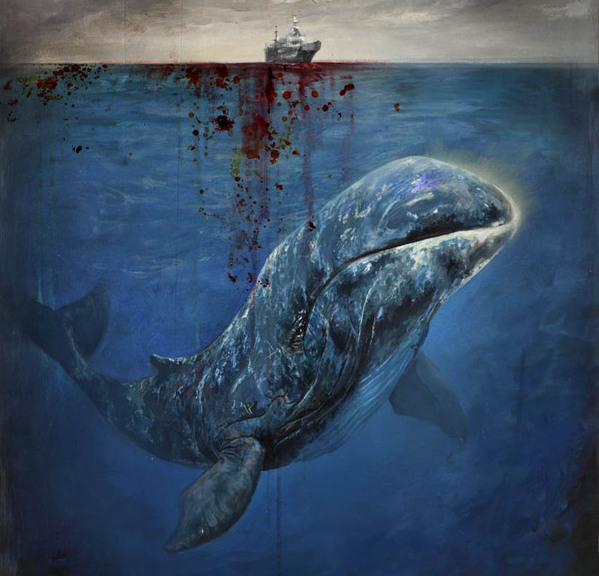
The ocean quahog (Arctica islandica) is a species of clam that can live for an astonishing over 500 years. One specimen, known as "Ming," was found to be around 507 years old, making it one of the longest-living non-colonial animals.
Ocean quahogs grow very slowly, which contributes to their long lifespan. They are found in the North Atlantic, often buried in sediment, and their longevity is attributed to their ability to withstand environmental changes and low metabolic rates.
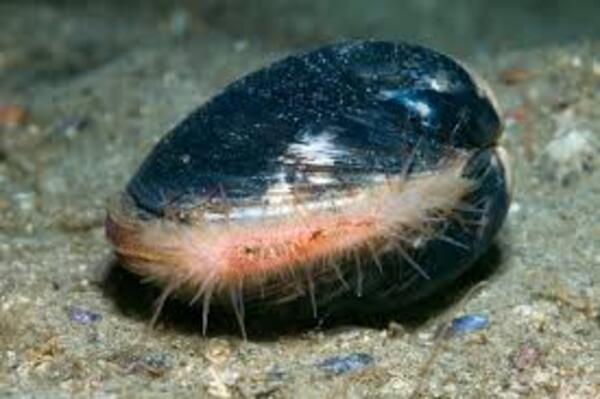
The Galápagos tortoise (Chelonoidis nigra) is one of the most iconic long-lived species, with lifespans reaching over 100 years. Some individuals have been documented living for more than 170 years.
Their slow metabolism and herbivorous diet, consisting primarily of grasses and leaves, contribute to their longevity. Conservation efforts have also played a significant role in protecting these tortoises from extinction.
Similarly, the Aldabra giant tortoise (Aldabrachelys gigantea) can also live for over 100 years. These tortoises are known for their massive size and slow growth, which are key factors in their long lifespans.
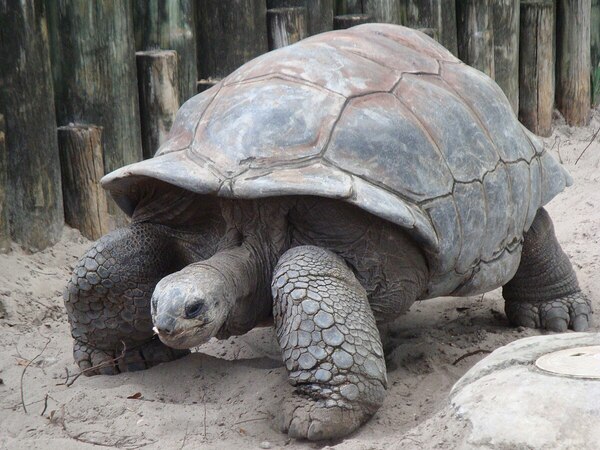
While not the longest-living in a conventional sense, the Turritopsis dohrnii, commonly known as the immortal jellyfish, possesses a unique ability to revert to its juvenile form after maturing, effectively allowing it to avoid death from old age. This process can theoretically make it biologically immortal.
This jellyfish's ability to cycle through its life stages repeatedly presents an interesting perspective on longevity, though it is not immortal in the traditional sense, as it can still fall victim to disease or predation.
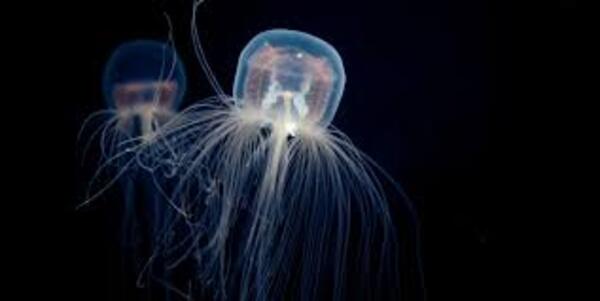
When considering which animal has the longest life expectancy, the Greenland shark emerges as the top contender, living for over 400 years. Other notable mentions include the bowhead whale, ocean quahog, and various tortoise species, each of which exemplifies the diverse adaptations and environments that contribute to longevity in the animal kingdom.
Understanding these remarkable creatures not only enriches our knowledge of biodiversity but also emphasizes the importance of conservation efforts to protect these species for future generations. By studying their lifespans and habitats, we gain insights into the delicate balance of ecosystems and the potential for longevity in nature.
animal tags: Greenland-Shark
We created this article in conjunction with AI technology, then made sure it was fact-checked and edited by a Animals Top editor.